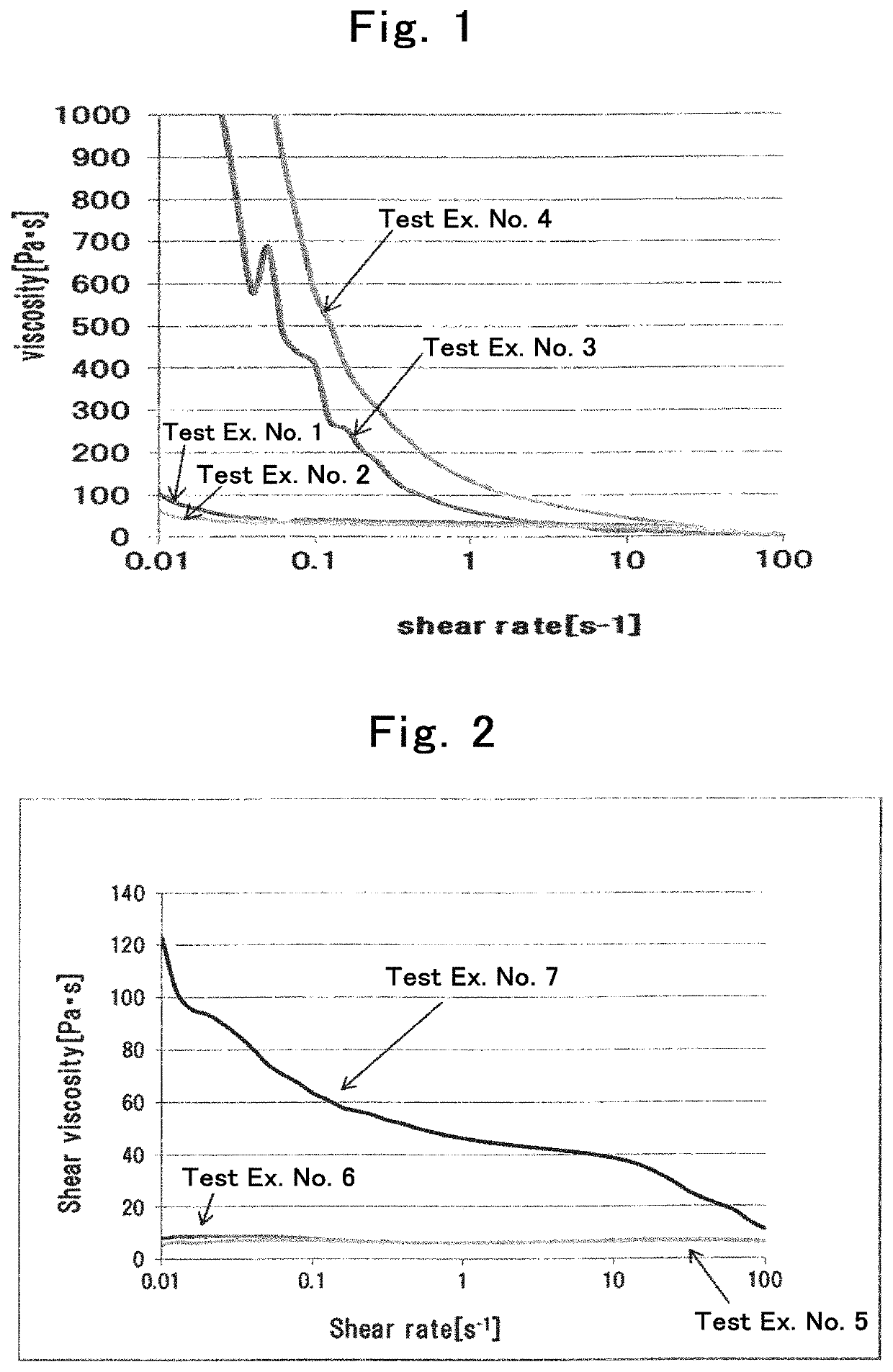Particulate material and thermal conductive substance
a technology of thermal conductive substance and particle material, which is applied in the direction of aluminium oxide/hydroxide, chemistry apparatus and processes, and aluminum compounds, etc., can solve problems such as aggressive growth, and achieve enhanced thermal conductive properties, low equipment aggressiveness, and high thermal conductivity
- Summary
- Abstract
- Description
- Claims
- Application Information
AI Technical Summary
Benefits of technology
Problems solved by technology
Method used
Image
Examples
examples
[0028]A particulate material and thermal conductive substance according to the present invention will be hereinafter described in detail based on examples. Alumina particles whose volumetric average particle diameter was 90 μm were charged into a flame and were thereafter cooled rapidly, thereby producing particulate materials, test samples according to respective test examples that differed in the degrees of alpha-aluminization and sphericity. The degree of alpha-aluminization could be enhanced by decreasing the supply amount of fuel, setting the supply amount of supportive gas at 1.5 times approximately as much as a theoretical air-to-fuel ratio and increasing the charge amount of raw material. The degree of sphericity could be enhanced by increasing the supply amount of fuel, setting the supply amount of supportive gas at a theoretical air-to-fuel ratio and decreasing the charge amount of raw material.
Test No. 1
Measurement of Viscosity and Heat Conductivity
[0029]The test samples ...
PUM
| Property | Measurement | Unit |
|---|---|---|
| volume average particle diameter | aaaaa | aaaaa |
| degree of sphericity | aaaaa | aaaaa |
| volume average particle diameter | aaaaa | aaaaa |
Abstract
Description
Claims
Application Information
 Login to View More
Login to View More - R&D
- Intellectual Property
- Life Sciences
- Materials
- Tech Scout
- Unparalleled Data Quality
- Higher Quality Content
- 60% Fewer Hallucinations
Browse by: Latest US Patents, China's latest patents, Technical Efficacy Thesaurus, Application Domain, Technology Topic, Popular Technical Reports.
© 2025 PatSnap. All rights reserved.Legal|Privacy policy|Modern Slavery Act Transparency Statement|Sitemap|About US| Contact US: help@patsnap.com

